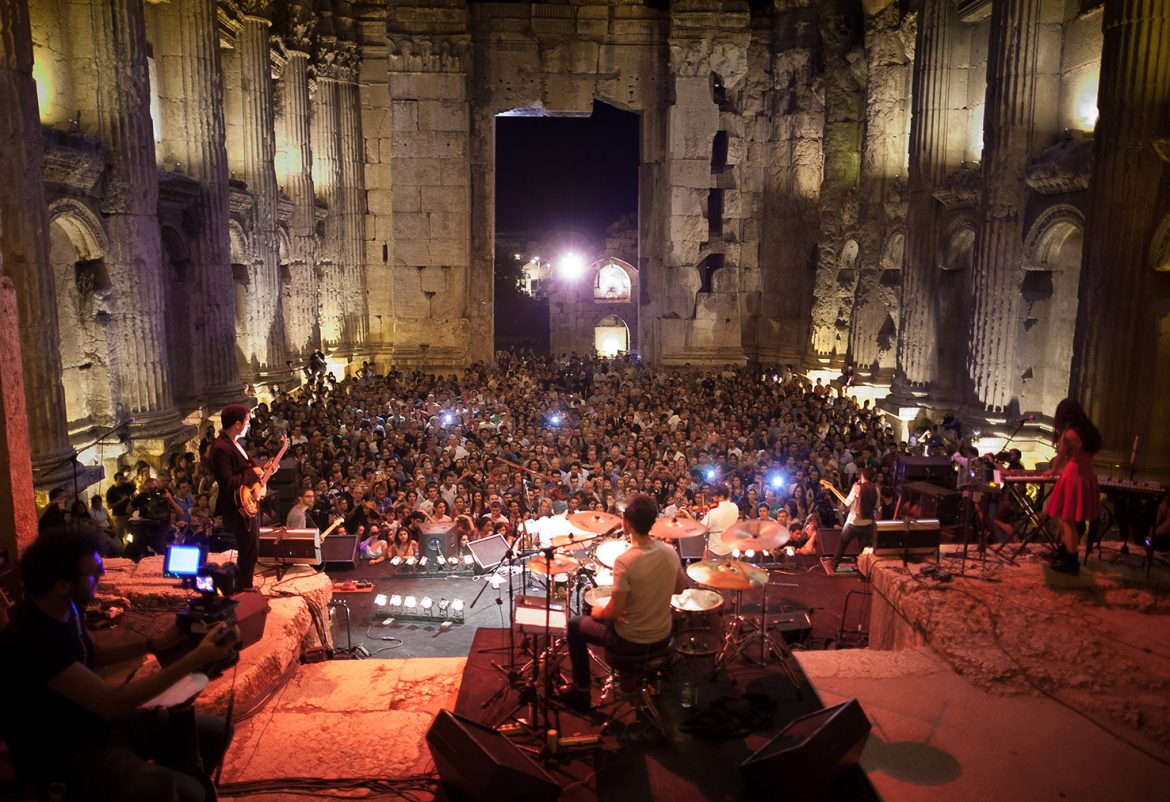Hamad Elias
Hamad Elias is a leading social entrepreneur and policy strategist with over 15 years of experience driving institutional transformation across public, private, and international sectors in the MENA region and Europe. As co-founder of Socially Responsible Management (SRM), he architects collaborative solutions that strengthen operational performance, governance systems, and sustainable development outcomes.

